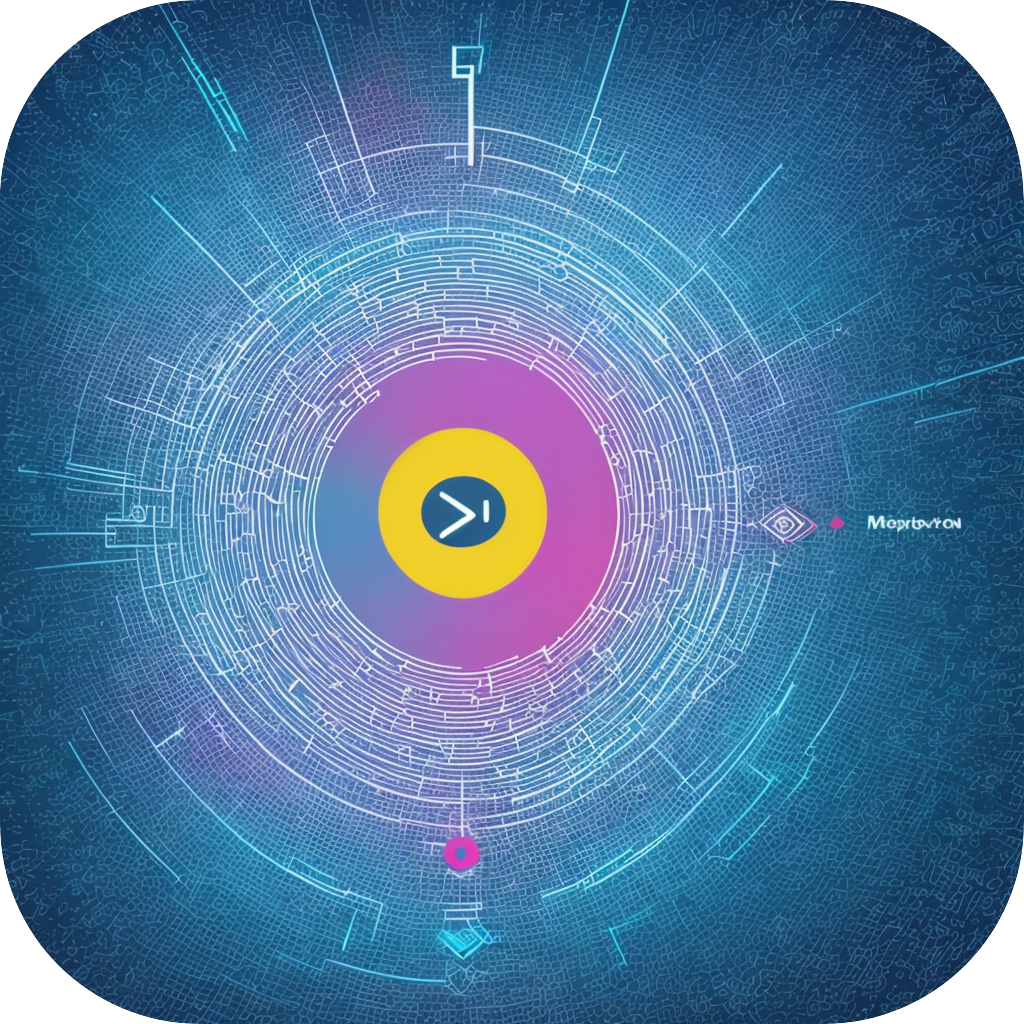Subtitle Translation: Navigating the Global Communication Landscape in the Digital Age
At the heart of human collaboration lies the ability to communicate effectively with others, regardless of geographical, linguistic, or cultural boundaries. The digital age has exponentially magnified this necessity, creating a global village where people interact virtually on myriad platforms. However, these interactions often stall due to the linguistic barriers that separate speakers of different languages. Herein lies the transformative power of subtitles – a tool that bridges the communication gaps in the digital era, enhancing global connectivity and fostering cross-cultural understanding.
### The Evolution of Global Communication
In the early internet days, communication was predominantly limited to text-based interactions. While this facilitated the exchange of ideas, it often required a high level of proficiency in English or one of the dominant languages, thus excluding a significant portion of the global population. The advent of multimedia-rich platforms, such as YouTube, Netflix, video conferencing platforms, and social media, necessitated new ways of overcoming the language barrier.
### The Role of Subtitles in Facilitating Digital Communication
1. **Accessibility and Inclusivity**: Subtitles open a world of content for individuals who are Deaf or hard of hearing. They also enable people who are not fluent in dominant languages to absorb and enjoy content in their native tongues. This inclusivity significantly expands accessibility and engagement across diverse populations.
2. **Cultural Exchange**: A single subtitle, appearing on screen, can transcend language and cultural barriers. It allows viewers to access content produced not only in their native language but also in dialects specific to other cultures. This exposure to global content promotes cultural awareness and appreciation, enhancing social harmony and understanding across different nations.
3. **Enhanced Understanding and Learning**: For students and lifelong learners, subtitles serve as valuable aids. They enhance comprehension and retention by offering a phonetic pronunciation guide alongside visual content. This multimodal learning experience, especially beneficial for second language acquisition, bridges the cognitive gap between auditory processing and linguistic understanding.
### Advancements in Subtitle Technology
The rapid advancement in artificial intelligence (AI), specifically in speech-to-text recognition and AI translation, has revolutionized subtitle creation. AI-powered tools can now automatically generate subtitles in real-time, ensuring accuracy, and even translating between languages in split seconds. Cloud-based infrastructure further aids scalability, making high-quality subtitles available to any creator or platform.
### Challenges and Future Directions
Although subtitles offer a powerful tool for communication, the industry faces challenges regarding quality, localization, and accessibility. The vast number of dialects and regional variations requires localized subtitles to avoid confusion and enhance understanding. Additionally, ensuring subtitles are culturally sensitive (reflecting nuances in humor, cultural references, and idioms) is crucial for maintaining the intended impact. Moreover, there is a significant unmet need for subtitles in the many sub-Saharan African languages, underscoring the importance of developing localized AI models and data for these languages.
### Conclusion
In the digital age, where content consumption and global interactions are increasingly multimedia-centric, subtitles play a critical role in facilitating communication across linguistic and cultural divides. As technology continues to evolve, the potential for subtitles to serve not merely as a translation tool but as a means to enrich cultural exchange and educational opportunities becomes even more pronounced. By overcoming barriers to access, subtitles not only enhance digital communication but also contribute to a more inclusive and globally connected society.
